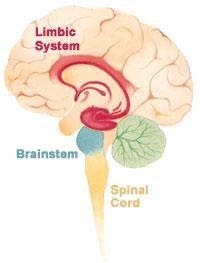Psychotherapies
These traumas are sometimes categorized as little “t” or big “T” traumas. Big “T” traumas include childhood sexual, physical or emotional abuse, natural disasters, war experiences, severe car accidents and rape. Little “t” traumas can be just as damaging, especially because they tend to occur over time and build on each other. This complicates the overall effects of the trauma as well as the trauma treatment. Some examples of little “t” traumas include ongoing emotional abuse or neglect, experiences of shame, being humiliated and being bullied. Incidents involving racism, sexism or homophobia could be classified as either big “T” or little “t” traumas depending on the severity. These traumas might involve one or two distinct incidents, or be more complex, ongoing experiences. The result is a primary belief that the world is not safe. In some cases, individuals who are traumatized learn to expect pain, dishonesty and betrayal from the people they love the most.
What is EMDR?
The mind can often heal itself naturally, in the same way as the body does. Much of this natural coping mechanism occurs during sleep, particularly during rapid eye movement (REM) sleep. Francine Shapiro developed Eye Movement Desensitisation and Reprocessing (EMDR) in 1987, utilising this natural process in order to successfully treat Post-traumatic Stress Disorder (PTSD). Since then, EMDR has been used to effectively treat a wide range of mental health problems.

